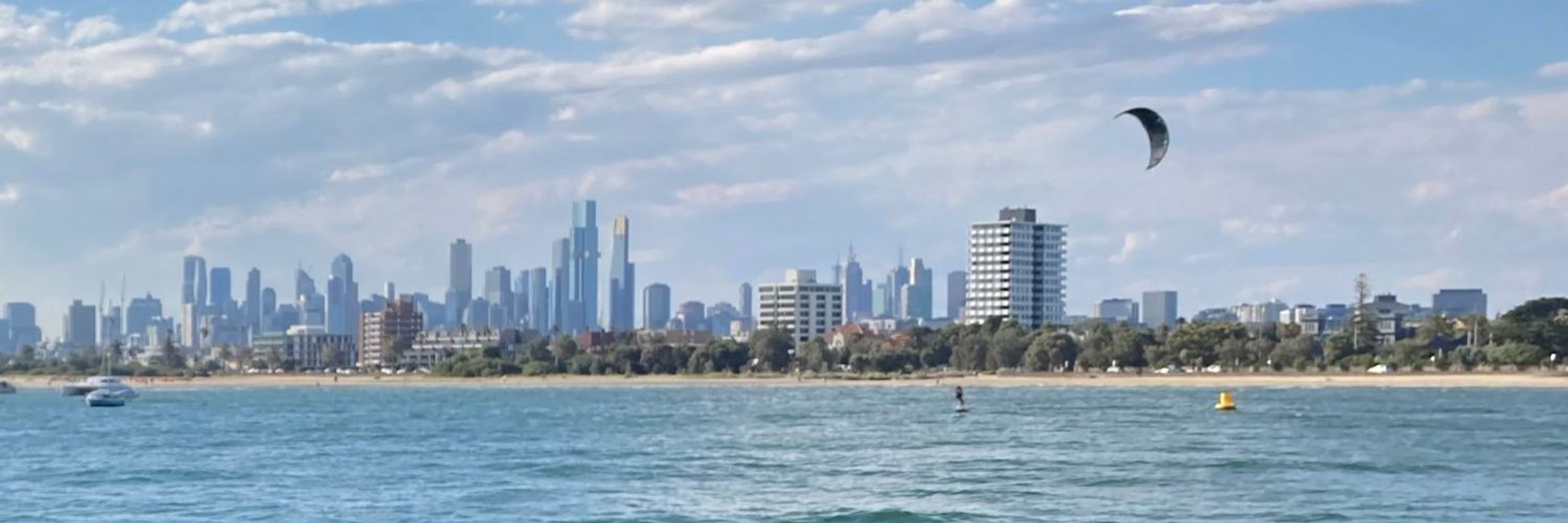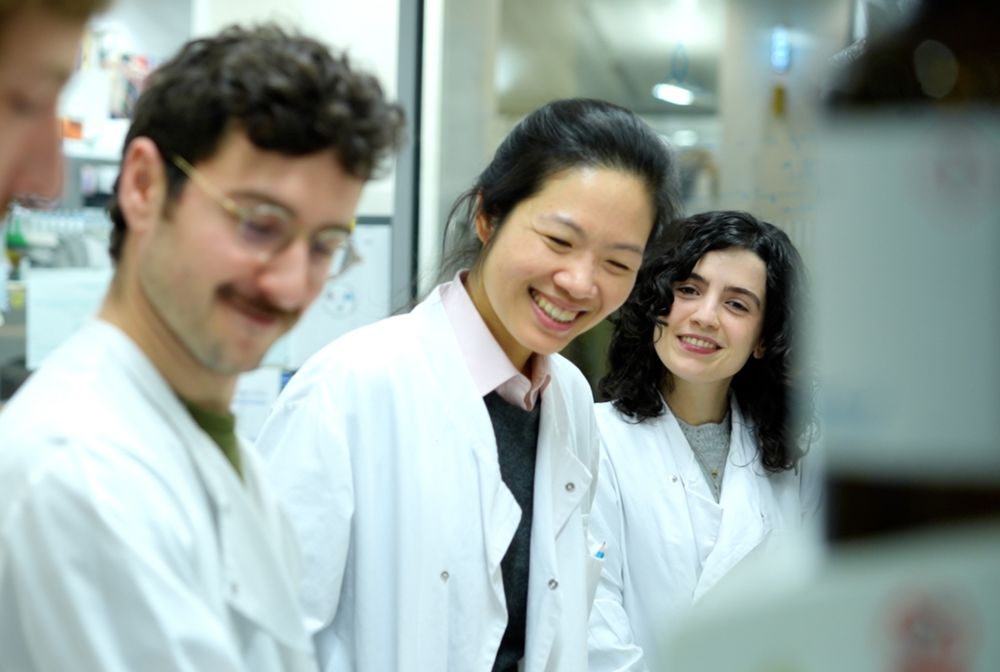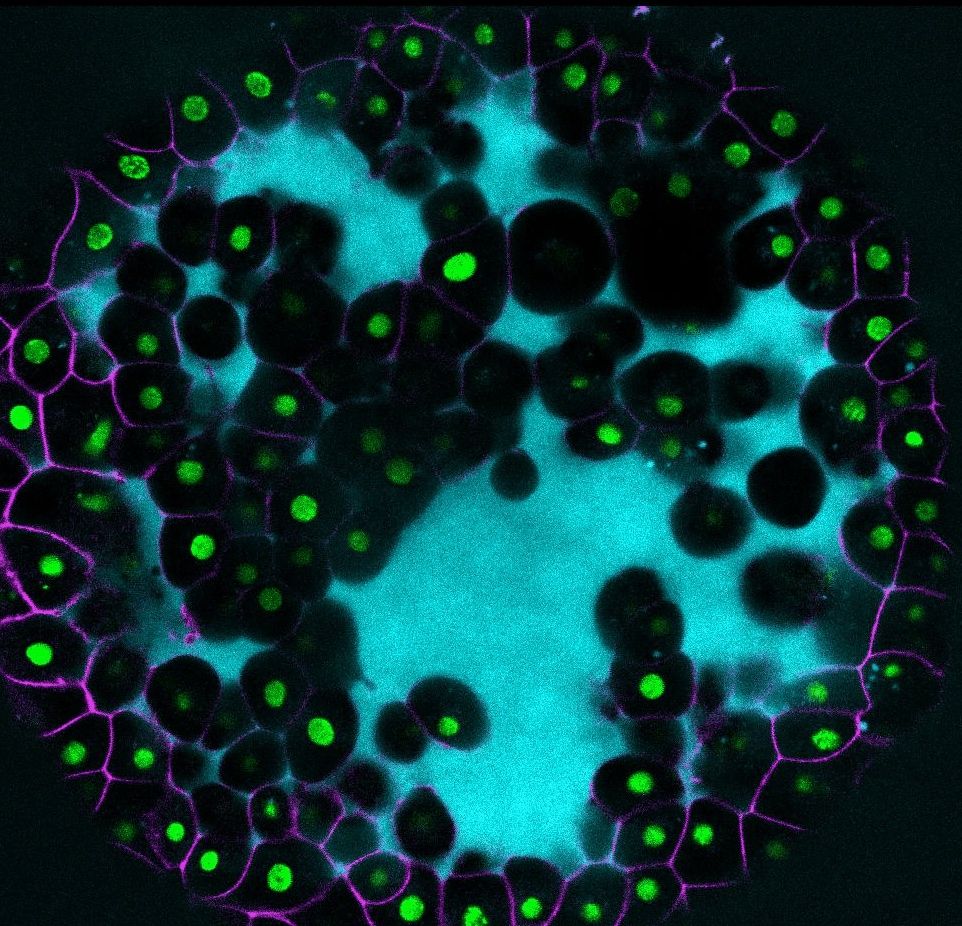


@ribes
journals.plos.org/plosbiology/...

@ribes
journals.plos.org/plosbiology/...
Complexity welcome: Pangenome graphs for comprehensive population genomics
#pangenomes #plantscience #genomegraphs
www.cambridge.org/core/journal...

Complexity welcome: Pangenome graphs for comprehensive population genomics
#pangenomes #plantscience #genomegraphs
www.cambridge.org/core/journal...


➡️ www.dfg.de/en/research-...

➡️ www.dfg.de/en/research-...
- Lab set-up, research costs, salaries for up to 5 researchers
- Support for up to 12 years
- Access to our core facilities
- Competitive salary
- Fantastic colleagues
- All areas of biology
Deadline 27 Nov
www.crick.ac.uk/careers-stud...

- Lab set-up, research costs, salaries for up to 5 researchers
- Support for up to 12 years
- Access to our core facilities
- Competitive salary
- Fantastic colleagues
- All areas of biology
Deadline 27 Nov
www.crick.ac.uk/careers-stud...
international.au.dk/about/profil...

international.au.dk/about/profil...
our work on how the ❤️-supporting pericardium forms & acts in pediatric heart conditions.🎈🫀
Expanding our preprint & with our first HCR (thx to @thelovelylab.bsky.social!).
Congrats all! #devbio #zebrafish #CHD @cupediatrics.bsky.social @cudevbio.bsky.social
rdcu.be/eIJm5
our work on how the ❤️-supporting pericardium forms & acts in pediatric heart conditions.🎈🫀
Expanding our preprint & with our first HCR (thx to @thelovelylab.bsky.social!).
Congrats all! #devbio #zebrafish #CHD @cupediatrics.bsky.social @cudevbio.bsky.social
rdcu.be/eIJm5
rdcu.be/eI1v5

rdcu.be/eI1v5
A short thread on how Ectocarpus and its TE secrets have kept me busy lately:
rdcu.be/eITQH
A short thread on how Ectocarpus and its TE secrets have kept me busy lately:
rdcu.be/eITQH
www.biorxiv.org/content/10.1...

www.biorxiv.org/content/10.1...
www.biorxiv.org/content/10.1...

www.biorxiv.org/content/10.1...

with members of the @schierlab.bsky.social and Salzburger labs, as well as the burgeoning Shafer lab @uoftcellsysbiol.bsky.social
with members of the @schierlab.bsky.social and Salzburger labs, as well as the burgeoning Shafer lab @uoftcellsysbiol.bsky.social
We use optogenetics to dynamically control and study the formation of morphogen gradients.
If you are interested in optogenetic tools and/or how cells shape and process extracellular signals, check out @jamesbriscoe.bsky.social's thread and the paper.
🧵
www.sciencedirect.com/science/arti...

We use optogenetics to dynamically control and study the formation of morphogen gradients.
If you are interested in optogenetic tools and/or how cells shape and process extracellular signals, check out @jamesbriscoe.bsky.social's thread and the paper.
Apply here:
careers.pageuppeople.com/513/cw/en/jo...
Apply here:
careers.pageuppeople.com/513/cw/en/jo...
www.nature.com/articles/s41...

www.nature.com/articles/s41...

Apply here:
embl.wd103.myworkdayjobs.com/EMBL/job/Hei...
Please re-post 🙏

Apply here:
embl.wd103.myworkdayjobs.com/EMBL/job/Hei...
Please re-post 🙏

Virginie Courtier organizes a meeting regarding the latest research on development, evolution and neurobiology using as model organisms birds, fishes, butterflies and Drosophila
📆 Tuesday, August 26th
📍 Institut Jacques Monod
Informations and program 🔗 buff.ly/p3qkFLW

Virginie Courtier organizes a meeting regarding the latest research on development, evolution and neurobiology using as model organisms birds, fishes, butterflies and Drosophila
📆 Tuesday, August 26th
📍 Institut Jacques Monod
Informations and program 🔗 buff.ly/p3qkFLW



